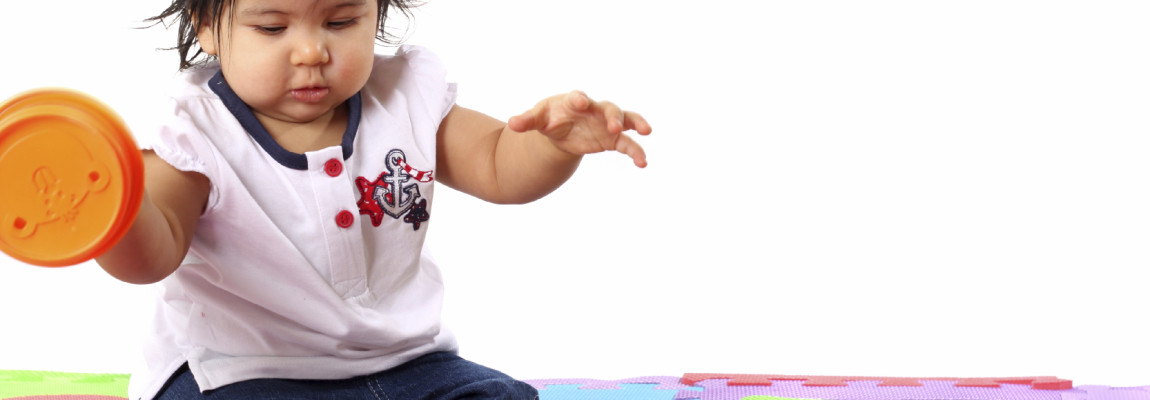
The evidence on play and language skills being directly related is astounding. Many researchers have found that these two skills go hand and hand. As an expert in language development and play, toy rotation is highly recommended.
Toy rotation actually helps your child to increase their attention span with just a few toys per week. It gives your child the opportunity to fully engage with a few toys without being overstimulating by so many.

It allows for toy mastery, more creativity, and critical thinking with your little one. If a child is exposed to too many toys, it can lead to “scattered play,” rather than strong schematic play, which has stronger developmental benefits.
Maria Montessori, known for her philosophy in education, which is used globally now with typically developing children ages 2 to 6, found that children show deeper attention and concentration with repetitions of an activity, and moreover preferred a structured and orderly environment. She also found that children in this age bracket learn best in practical settings, such as a living room or a kitchen, so the idea of a “playroom,” may not be the most developmentally appropriate.
The idea is selecting just a few toys, and swapping them out every 5 to 7 days.
A few guidelines for Toy Rotation:
- Toy rotation is most effective for children in infancy, through age 5
- Choose less than 10 toys to have “out” and easily available to your little one during play.
- Book sharing is a great way to continue word learning. Allow your child to explore the world of literacy and be exposed to an unlimited amount of great books. If you feel like the books are even too much, rotate those too!
- Remember during play with your child, to make those toys visually appealing, to better keep their attention. Longer attention spans means smarter kids.
- The rotation part is important! As your child learns one concept, and masters that concept, challenge them with new experiences, that they can learn from.
- For the older child (ages 3+), consider rotating toys by category (e.g. art, building, dramatic play, logic, etc.)
Not sure which toys to choose for your tot? Check out Disney Baby for some recommendations. Or, find out more at The Speechies list of recommended toys for your child’s age.
Are you rotating your child’s toys? Why or why not? Tell us more about it.
